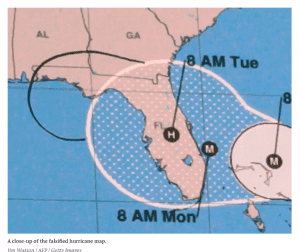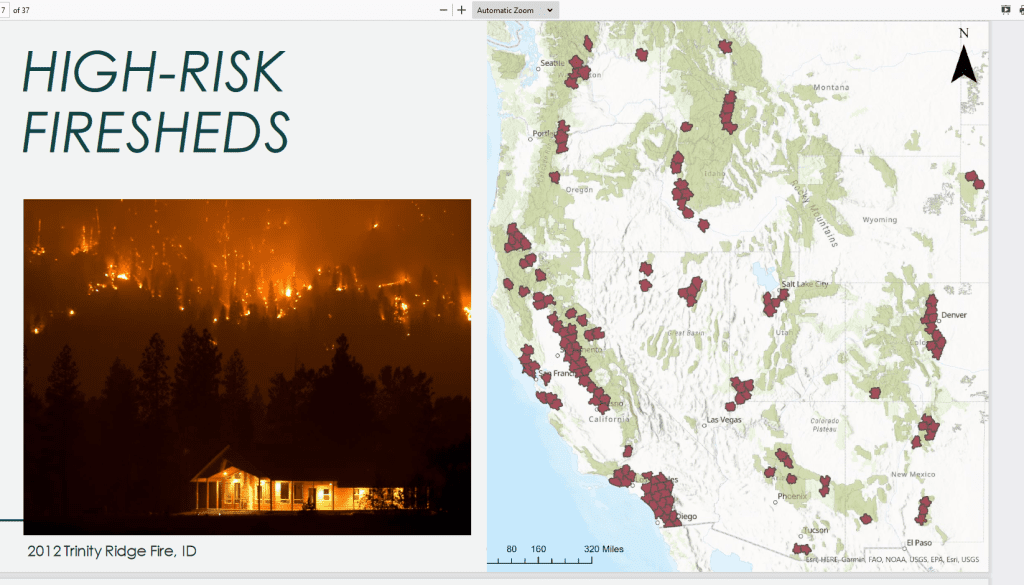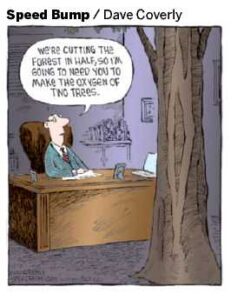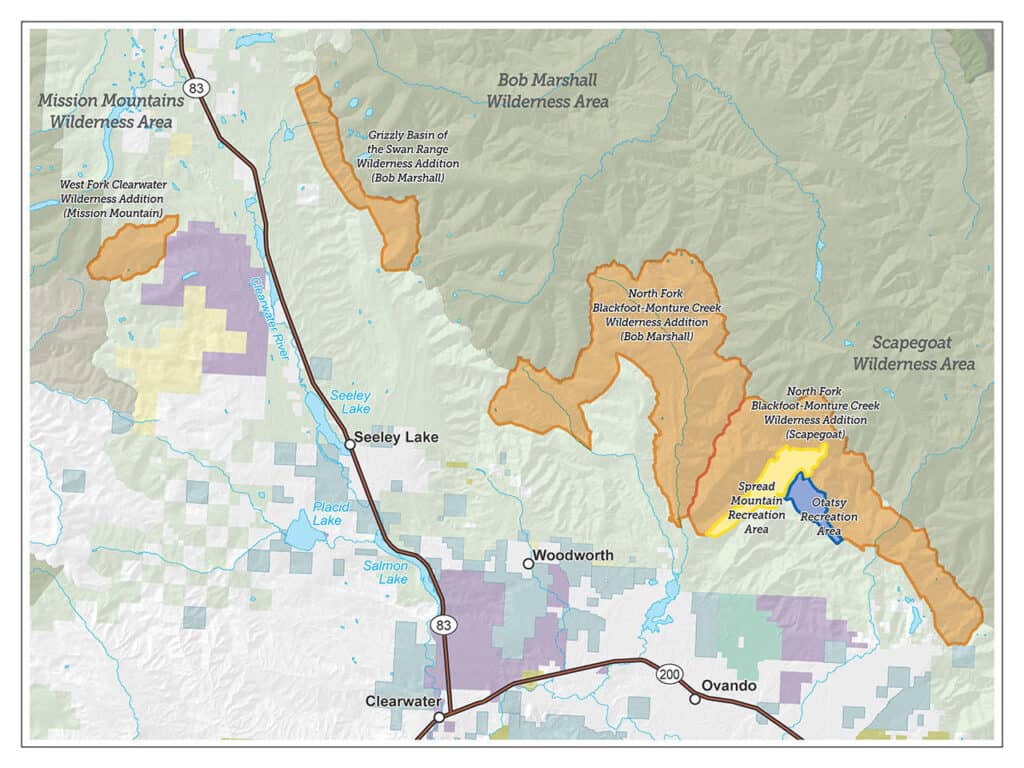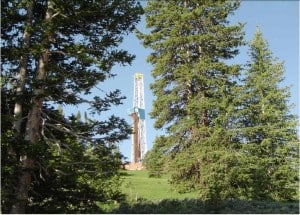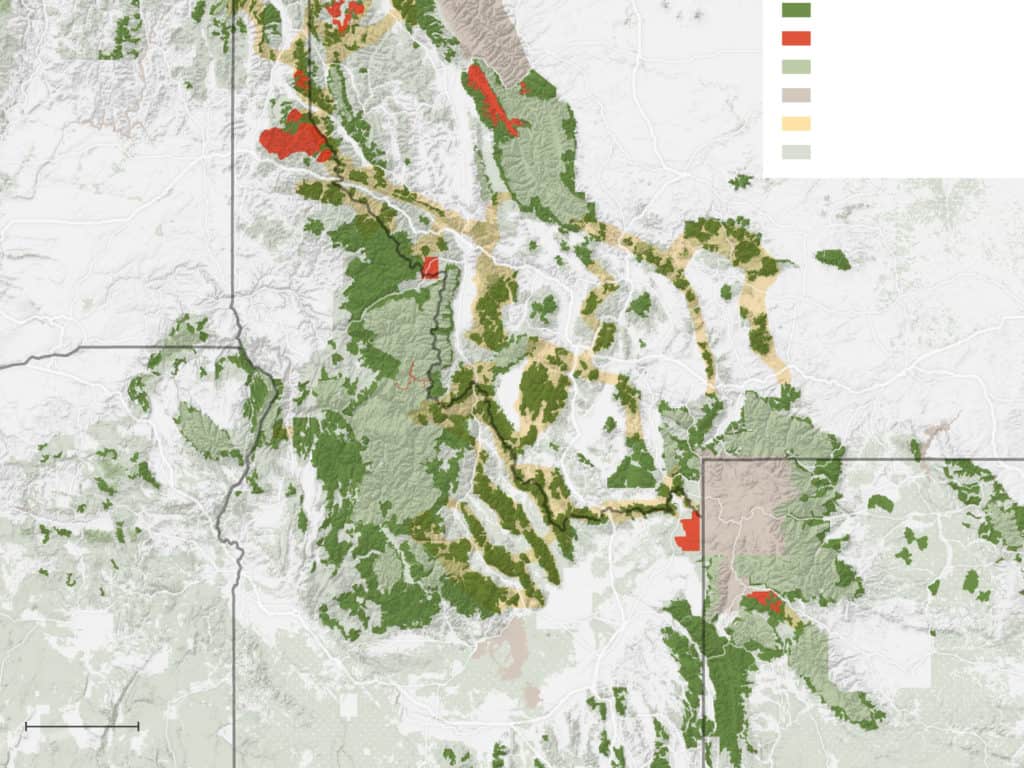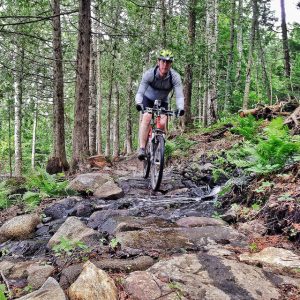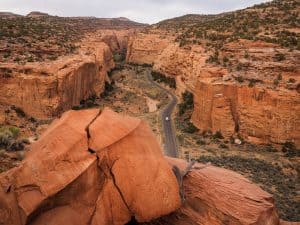
Dismissal of a lawsuit against President Biden’s proclamation restoring the boundaries of the Grand Staircase and Bears Ears national monuments allows the NEPA process to develop a management plan for these areas to proceed unhindered. Biden ordered the BLM to work on replacing the Trump Administration’s resource management plan, and the BLM published its draft RMP on August 11 for public comment.
BLM may proceed unhindered, that is unless Congress decides to hinder them. The FY2024 Interior, Environment, and Related Agencies Bill the House Appropriations Committee passed in July, which the full House of Representatives is expected to vote on in September, includes a rider that would require the BLM to manage the Grand Staircase NM in accordance with the plan finalized after Trump reduced the monument.
Which is the better planning process – RMPs based on public involvement through NEPA or RMPs based on appropriations riders?
The bill would also deny funding to implement the BLM’s public lands rule (a popular topic with many posts here from Sharon). Another bill would force BLM to withdraw the rule (without considering all those public comments).
Kya Marienfeld, wild lands attorney for SUWA, called the Utah congressional delegation’s lack of support for the state’s public lands disappointing but adds that opposition is offset by more enlightened members of Congress who actively support the Grand Staircase and other public lands.
Appropriation riders seem to be kind of crap-shoot in the turmoil of budget negotiations, so I have no idea what the betting line would be on President Biden signing off on this one. The “more enlightened members of Congress” may have more of an influence on defeating the withdrawal proposal. Is that a bad thing?


